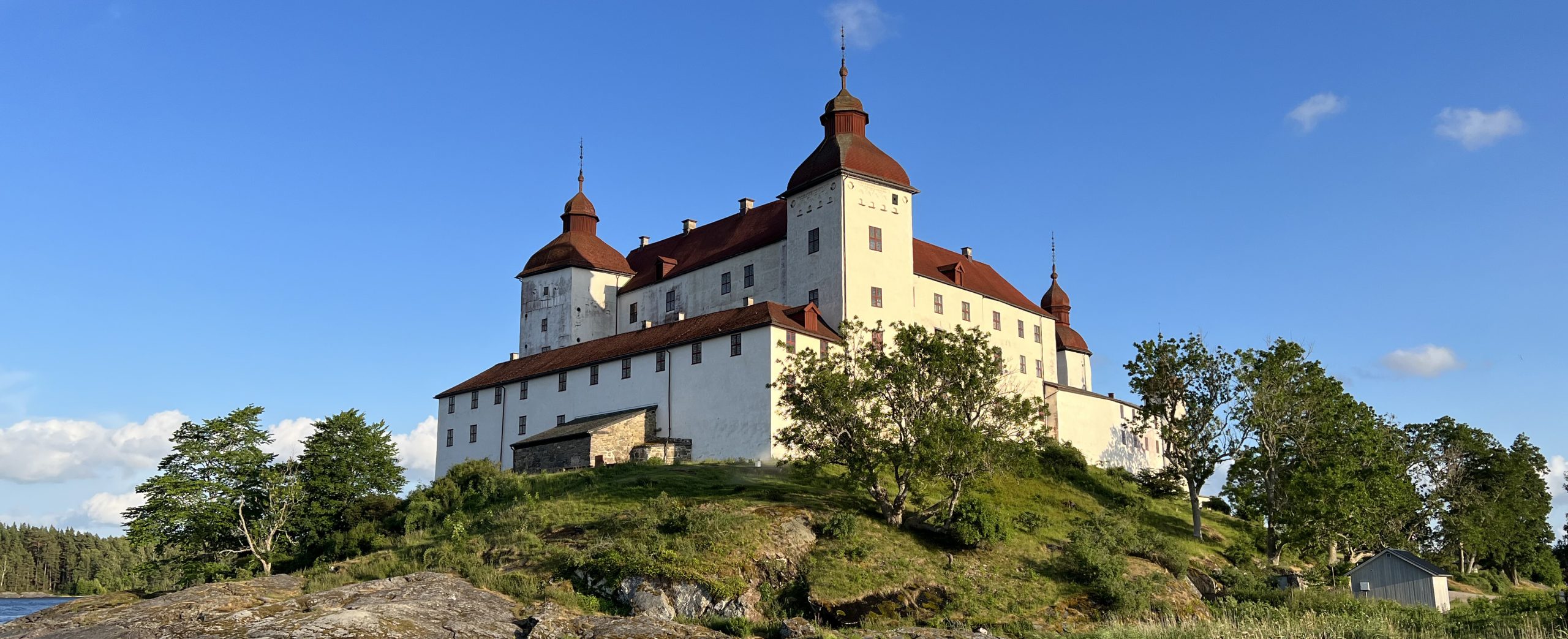About the Journal
Settlement History and Built Heritage in Public Debate
The journal Bebyggelsehistorisk tidskrift was, in many ways, a pioneer when it was first launched in 1981. Göran Lindahl (1924–2015), one of the initiators and the journal’s long-time chairman, advocated early on for the field of settlement history to encompass all forms of land use. Examples cited included the mechanisms behind societal modernisation and industrialisation, changes in working life, demographic expansion, urban planning, legislation, regulations and reforms. From the outset it was stated that the much narrower subject of architectural history should be expanded and that settlement history must be understood in a broader context.
The journal was established as a reaction to the results of large-scale landscape transformations — such as the expansion of hydropower in Norrland, the Million Programme and the extensive transformations of urban centres across the country — began to emerge. During the 1980s, urban planning gained increased importance, underpinned by new legislation for planning and construction as well as for the environment, includeding the designation of areas of national heritage interest. By focusing on places, environments and contexts, the journal became a scholarly forum firmly embedded in the public debate.
Broad Research on Our Living Environment
Since its inception, the journal has served as a forum for researchers studying settlements and cultural landscapes, with an emphasis on spatial change and the causal relationships between societal development, individuals, and the environment. This broad approach has allowed the journal to stay contemporary and reflect the forefront of research. New digital research techniques, databases, and digitized historical information continually offer new possibilities alongside well-established methods.
The Journal’s Format
A carefully considered design, rich visual material and high-quality printing are key elements of Bebyggelsehistorisk tidskrift’s profile. The format ensures that photographs, maps, plans, and other illustrations are presented effectively, allowing readers to engage with and interpret them fully. Periodically, the journal focuses on a specific theme, providing an in-depth exploration of a central issue. These themed editions are alternated with issues featuring spontaneously submitted articles, reflecting the breadth of research in settlement history. To ensure scientific quality, all articles undergo peer review.
Mia Geijer
Chair of the Association for the Nordic Journal of Settlement History and Built Heritage


